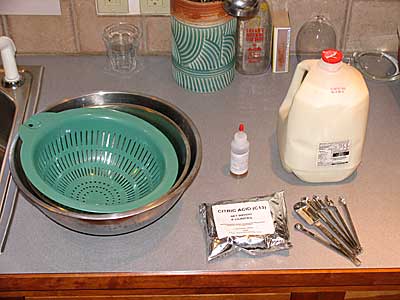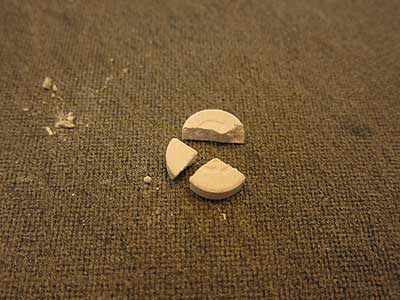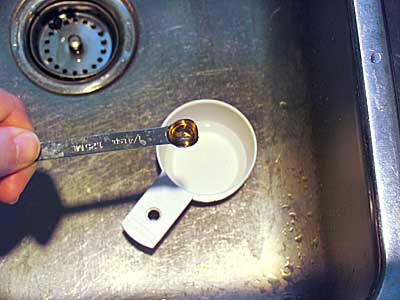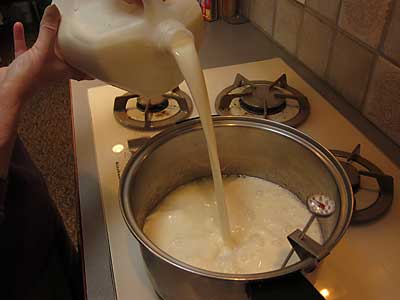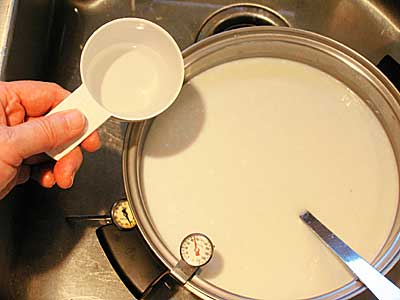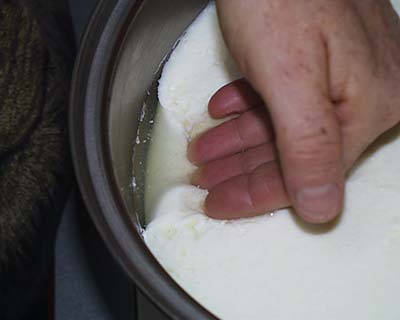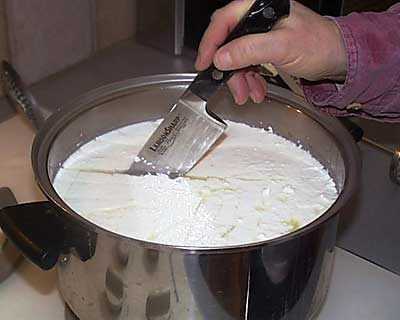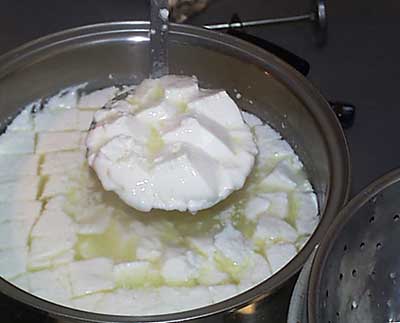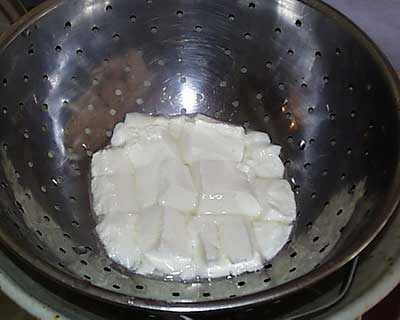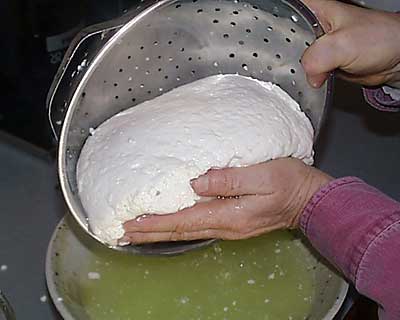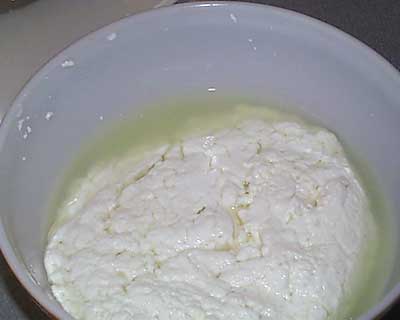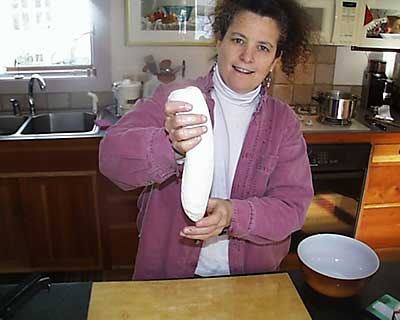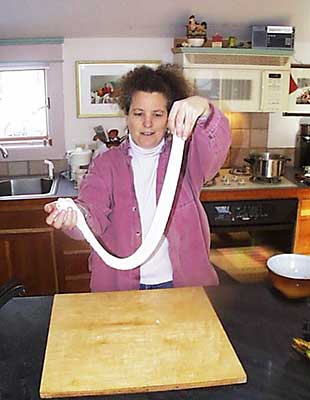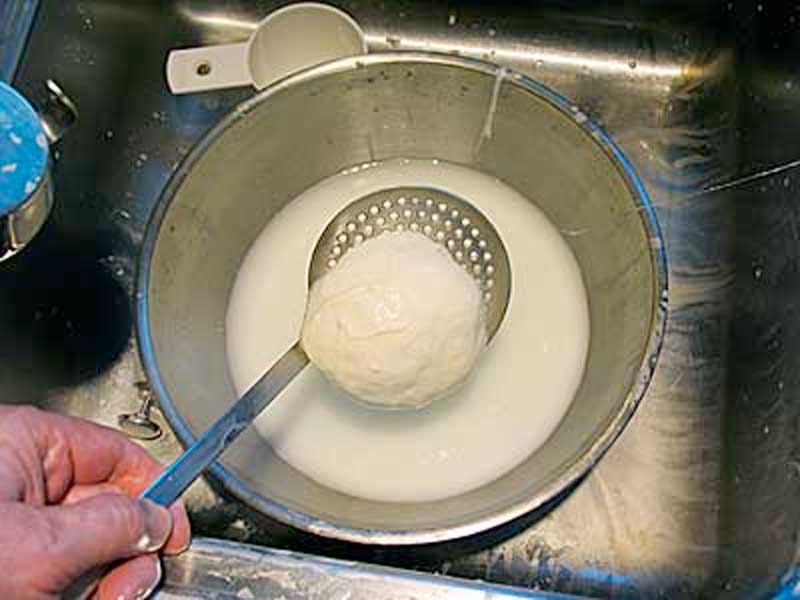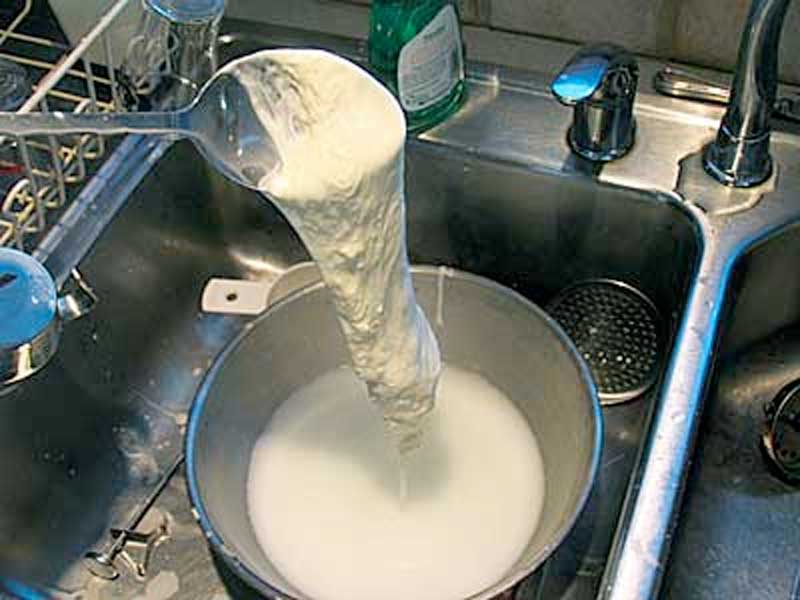
30 Minute Mozzarella Recipe
Learn how to make 30 Minute Mozzarella, in your own kitchen. With just a few simple ingredients, this step by step recipe will show you how easy and easy it is to make cheese at home. From milk to yum, this recipe is fun for all ages.
-
Yield
1 Pound
-
Aging Time
None
-
Skill Level
Beginner
-
Author
Ricki Carroll

30 Minute Mozzarella Recipe
Regular price
Sale price$0.00
Sale price (/)
30 Minute Mozzarella Recipe Info
Good Milk for Mozzarella
Tips and Tricks
Ingredients
Total price for selected items: Total price:
Cheesy Holiday Sale! Up to 20% Off Sitewide

Instructions
Step 1 Prepare Work Area
Step 2 Prepare Rennet
Step 3 Mix Citric Acid & Milk
Step 4 Heat Milk
Step 5 Add Rennet
Step 6 Cut & Cook Curd
Step 7 Transfer & Drain Curd
Step 8 Heat Curd & Remove Whey
Step 9 Knead & Stretch Curd
Step 10 Eat & Enjoy
Get up to 20% Off Sitewide
Early Access Black Friday
You May Also Like






























